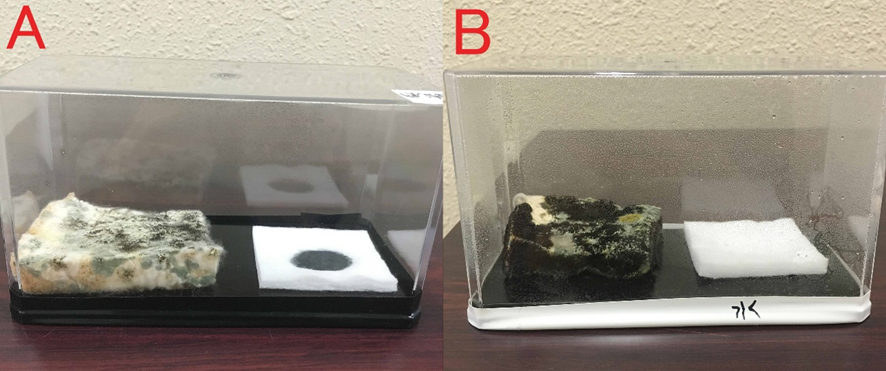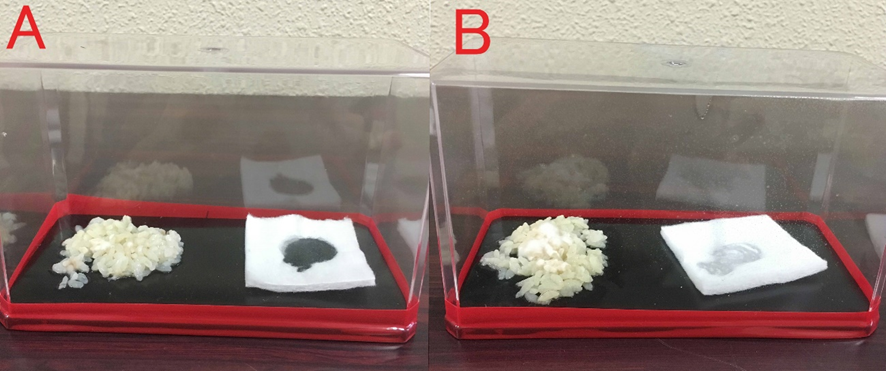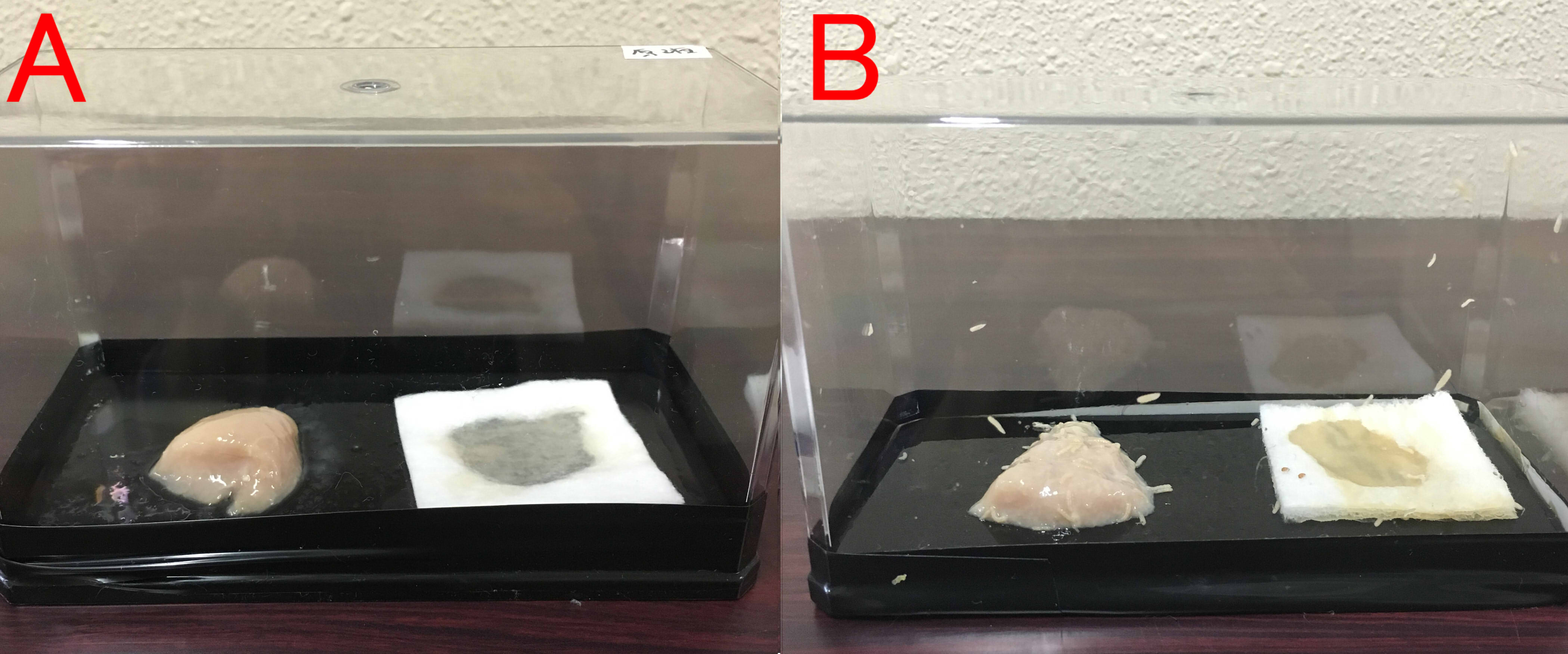| Line 565: | Line 565: | ||
So, we think about commercialization of "Flavorator" in the future.<br> | So, we think about commercialization of "Flavorator" in the future.<br> | ||
[[File:香蔵庫.jpeg |800px|thumb|center|Fig4. Model diagram of Flavorator]] | [[File:香蔵庫.jpeg |800px|thumb|center|Fig4. Model diagram of Flavorator]] | ||
| + | [[File:香蔵庫 中身.jpeg |800px|thumb|center|Fig5. Model diagram 2 of Flavorator]] | ||
| + | ①Door of place where preserve food ②Door of place where put Escherichia coli ③Culture medium of E. coli ④filter ⑤wire screen ⑥food | ||
How to replace Escherichia coli: Replacement<br> | How to replace Escherichia coli: Replacement<br> | ||
Door: A place to put food, and a place to put Escherichia coli<br> | Door: A place to put food, and a place to put Escherichia coli<br> | ||
Revision as of 22:00, 19 October 2016
We aimed to manufacture Flavorator by using various methods and to commercialize it. We performed demonstration. Flavorator is a system to release fragrance which Escherichia coli made farnesol. Flavorator preserve food by fragrance. For this reason, Flavorator does not need electricity.
A: geraniol(100 μl of geraniol solution was dropped on the cotton)B:farnesol(100 μl) C: ethanol (100 μl )
A:Chopstick dipped in suspension of mold was touched in the center of the bread. The volume of box is 846cm³.
B:The same treatment was done. C:The same treatment was done. These boxes were kept for 5 days at room temperature.
Farnesol had the highest antifungal activity against mold.
We found that farnesol has high antifungal activity against the mold of bread.
Therefore, we investigated whether farnesol exerts similar antifungal effects on other food.
A: farnesol(1ml of farnesol solution was dropped on the cotton), B:ddH2O(1ml).
A:Chopstick dipped in suspension of mold was touched in the center of the bread. The volume of box is 846cm³.
B: The same treatment was done. These boxes were kept for 8 days at room temperature.
A: farnesol(1ml of farnesol solution was dropped on the cotton), B:ddH2O(1ml).
A:Chopstick dipped in suspension of mold was touched in the center of the rice. The volume of box is 846cm³.
B: The same treatment was done. These boxes were kept for 8 days at room temperature.
A: farnesol(1ml of farnesol solution was dropped on the cotton), B:ddH2O(1ml).
A:Chopstick dipped in suspension of rotten meat was touched in the center of the chicken. The volume of box is 846cm³.
B: The same treatment was done. These boxes were kept for 8 days at room temperature.
We found that farnesol has a preservative effect on various foods.
So, we think about commercialization of "Flavorator" in the future.
①Door of place where preserve food ②Door of place where put Escherichia coli ③Culture medium of E. coli ④filter ⑤wire screen ⑥food
How to replace Escherichia coli: Replacement
Door: A place to put food, and a place to put Escherichia coli
Refrigerator consumes the power of 300 kWh per year.
Carbon dioxide emissions of a refrigerator’s in one year is 134.1kg.
It is possible to reduce emissions of carbon dioxide and consumption of electricity by changing to Flavorator from the refrigerator.
For this reason, it will prevent global warming.
From here, we will assume that Flavorator was completed.
We think that the next problem is how to commercialize Flavorator.
We can make Escherichia coli synthesize farnesol.
However, in order to commercialize the Flavorator we need cooperation of people from other fields.
For example, system to circulate the fragrance requires cooperation from Food preservation fields.
We continue to overcome these problem, we would like to commercialize Flavorator.







